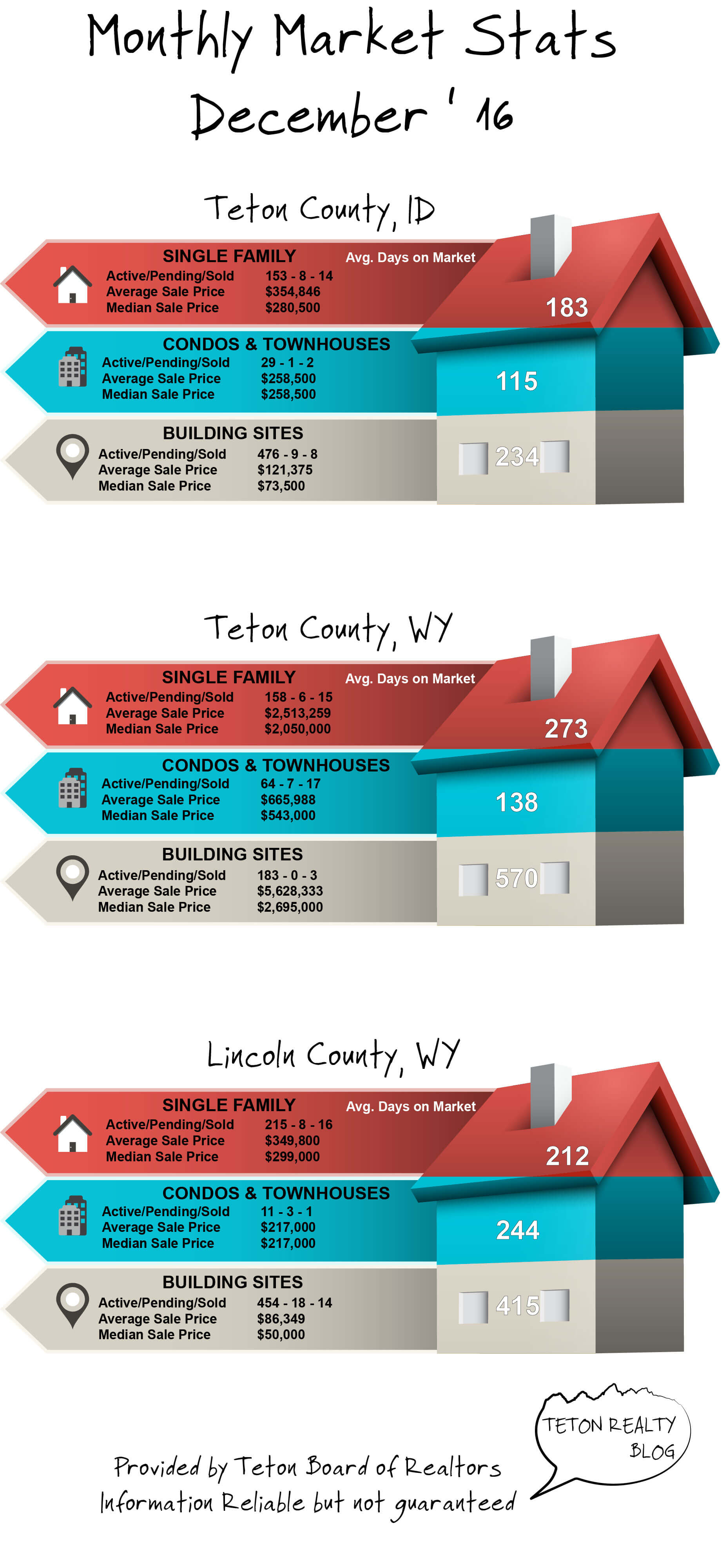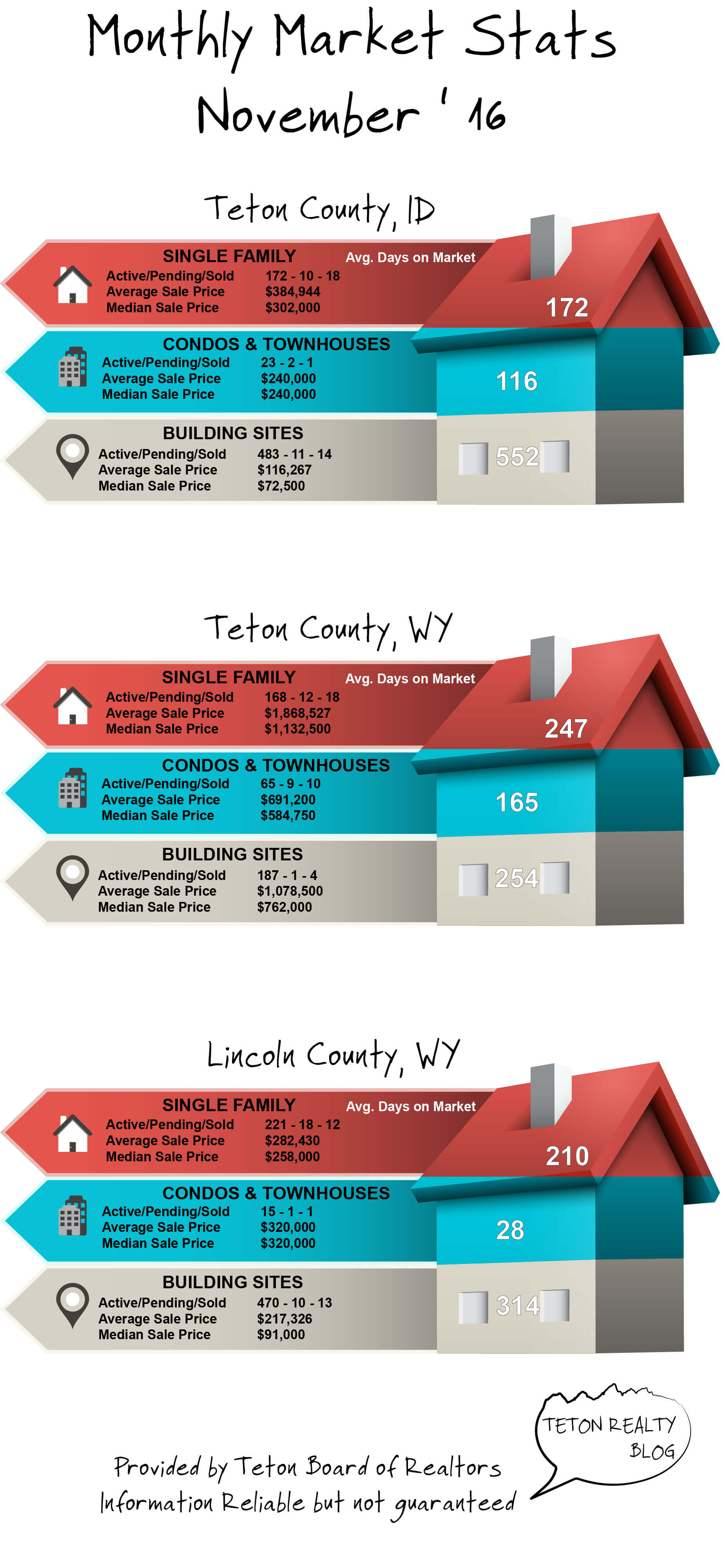Teton Valley including Alta saw nearly 200 residential single-family sales in 2016, an improvement from 2015, even though inventory remains low. Condo and townhouse sales were on par with the year prior, though prices have increased in various sectors in the Valley. The number of building site sales in the Valley increased by 10% in 2016, and the average sale price ended at over $120,000 for the month of December 2016.


 Last week I promised an article on the potential for a localized market bubble. Refer to last weeks article;
Last week I promised an article on the potential for a localized market bubble. Refer to last weeks article; I am going to do my best to tie this article to National trends, events that have an affect on Real Estate (such as elections), and the seemingly cyclical Real Estate pattern that applies in almost all cases, barring any outside catastrophe.
I am going to do my best to tie this article to National trends, events that have an affect on Real Estate (such as elections), and the seemingly cyclical Real Estate pattern that applies in almost all cases, barring any outside catastrophe.